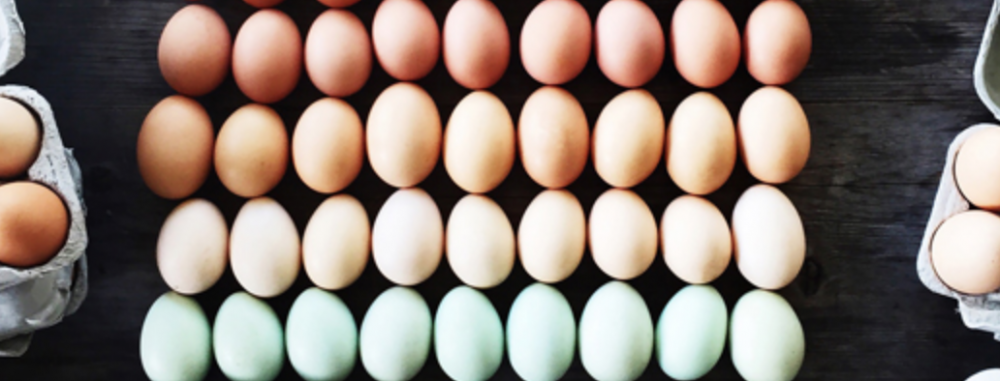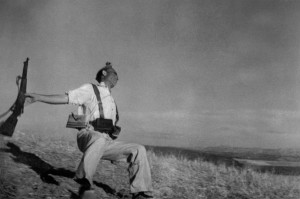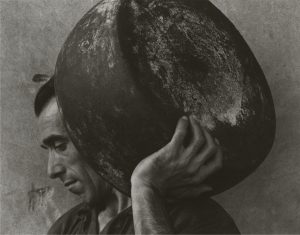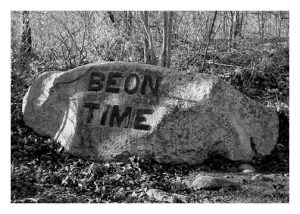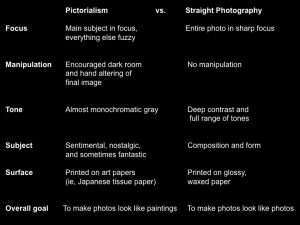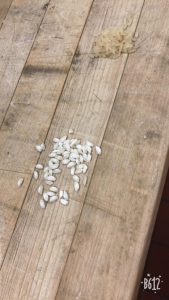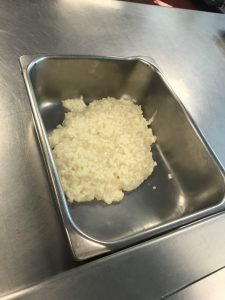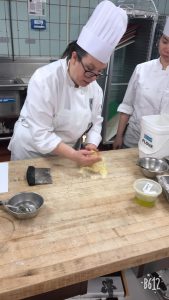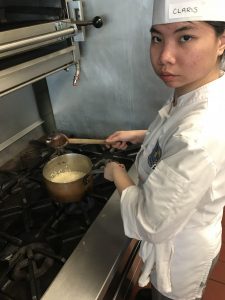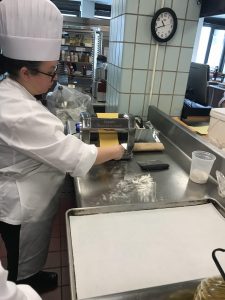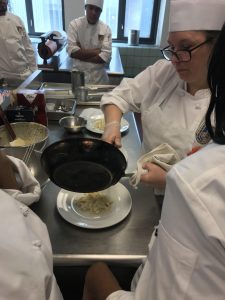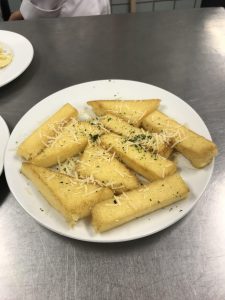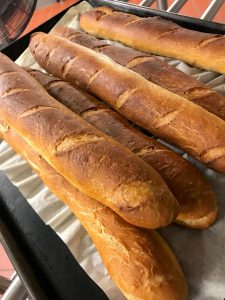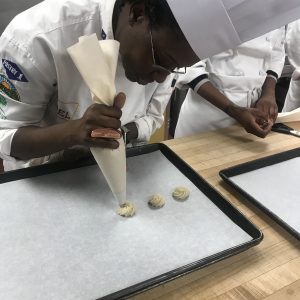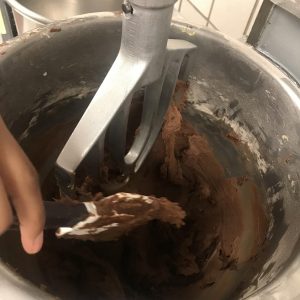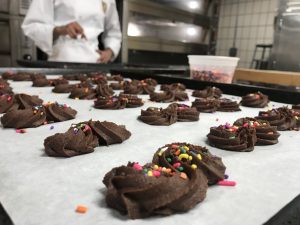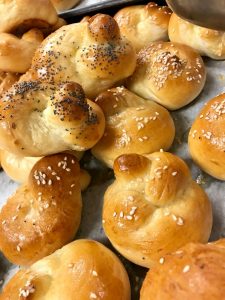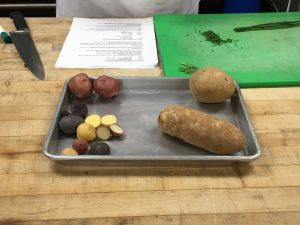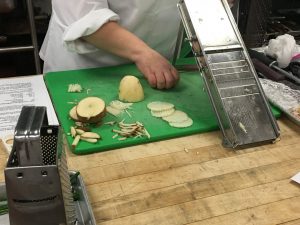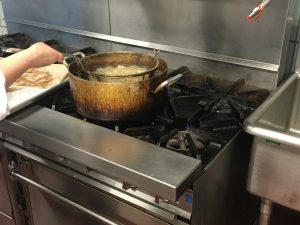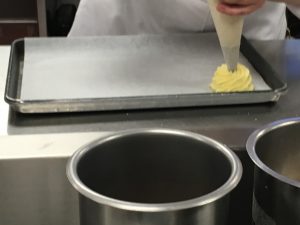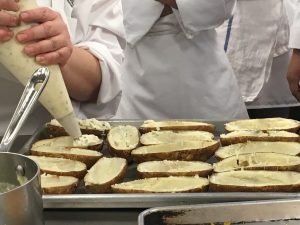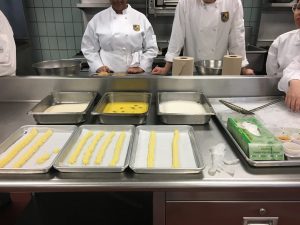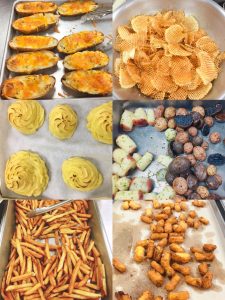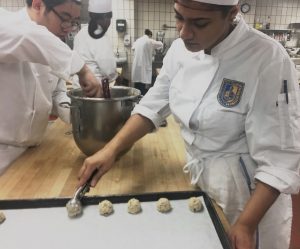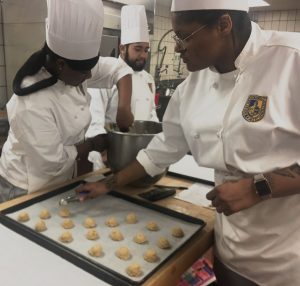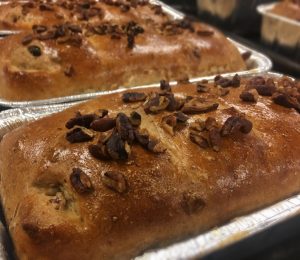At the age of 23, Robert Capa took a photograph that many have labeled the greatest war photograph of all time. Taken during the Spanish Civil War, the renown of Capa’s photograph, Falling Soldier or Death of a Loyalist Soldier, reverberated around the world as it was published and republished in contemporary news magazines. However, Capa’s photo has been shadowed by controversy, including accusations of fakery. Click on the link below and read an analysis on the image by Capa’s biographer, Robert Whelan, on the authenticity of the photograph. Do you find his arguments convincing? Do you think Capa’s photograph is staged or not? And do you think its authenticity matters? If you wish, you can compare Capa’s photograph to another controversial image.
Richard Whelan’s discussion of Capa’s photograph
To complete this homework assignment, please submit a 200-word post.
Please post your responses by Monday, April 30th.
